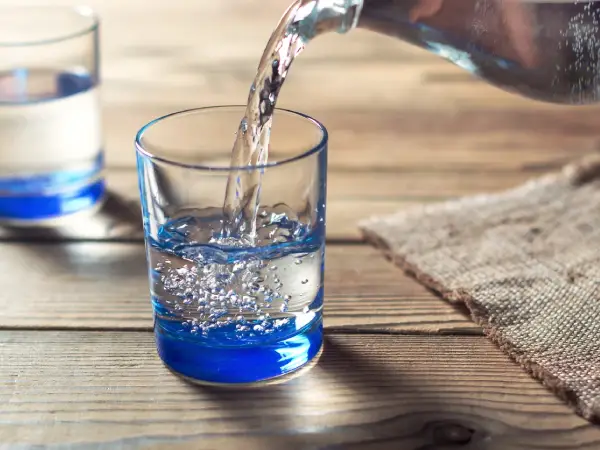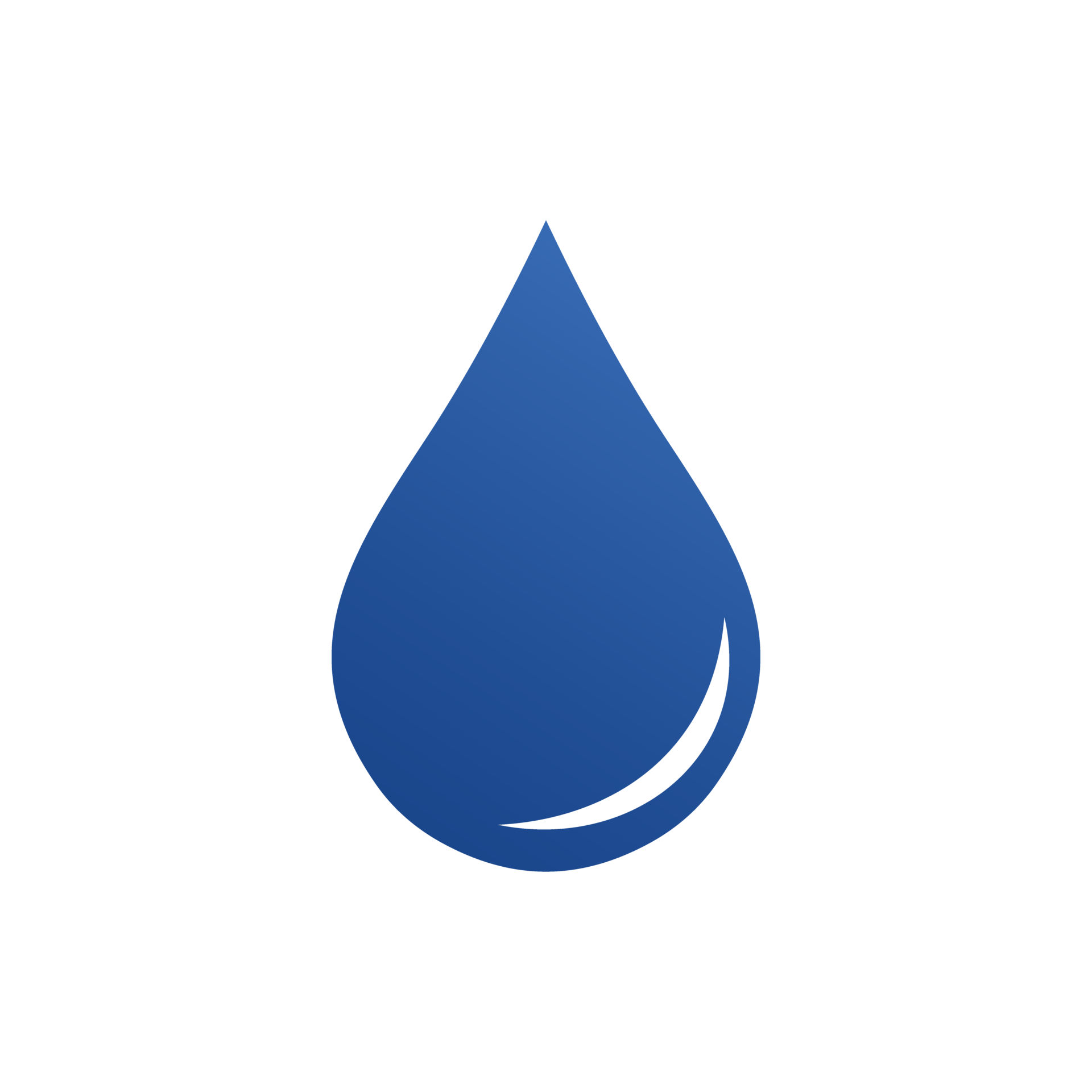- March 23, 2025
- Admin

Access to clean and safe drinking water is essential for maintaining good health. With increasing water pollution and contamination, many people are turning to advanced water purification systems like RO (Reverse Osmosis) water purifiers.
Understanding RO Water Purification:
Reverse Osmosis (RO) is a water purification process that removes dissolved impurities, heavy metals, harmful microorganisms, and excess salts by passing water through a semi-permeable membrane. This technology ensures that the water you consume is pure, safe, and free from contaminants.
Situations When an RO Water Purifier is Required
1. High TDS (Total Dissolved Solids) Levels
If the TDS level in your drinking water is more than 300 ppm (parts per million), an RO water purifier is recommended. Water with high TDS contains excessive salts and minerals like calcium, magnesium, sodium, and potassium, which may affect taste and long-term health. RO technology effectively reduces TDS, making water safe for consumption.
2. Presence of Heavy Metals
Many water sources, especially borewells and groundwater, contain toxic heavy metals such as lead, arsenic, mercury, and fluoride. These metals pose severe health risks, including kidney damage, bone disorders, and neurological problems. An RO water purifier removes these harmful metals, ensuring that the water is fit for drinking.
3. Contaminated Municipal Water Supply
Even treated municipal water may carry impurities due to outdated pipelines, leakages, or poor water treatment standards. If you notice an unusual taste, odor, or discoloration in your tap water, an RO purifier can help eliminate these contaminants and provide clean, odor-free water.
4. Waterborne Diseases in Your Area
If your locality frequently reports cases of waterborne diseases like cholera, typhoid, dysentery, or diarrhea, it’s a sign that your water source is contaminated with bacteria and viruses. RO purifiers with UV (Ultraviolet) or UF (Ultrafiltration) technology help eliminate harmful pathogens, ensuring safe drinking water.
5. Salty or Hard Water Issues
Hard water contains excessive calcium and magnesium, leading to a salty taste, white deposits on utensils, and dry skin issues. RO water purifiers soften the water by removing excess minerals, improving taste and making it suitable for daily consumption.
6. Industrial or Agricultural Runoff in Water Sources
In many urban and rural areas, industrial waste and agricultural runoff contaminate water bodies with harmful chemicals, pesticides, and nitrates. If your water source is near an industrial or farming zone, an RO water purifier is necessary to filter out these dangerous substances.
Benefits of Using an RO Water Purifier
- Removes 99% of Impurities: Effectively eliminates bacteria, viruses, heavy metals, and harmful chemicals.
- Improves Taste and Odor: Provides fresh, clean, and great-tasting water.
- Protects Against Waterborne Diseases: Reduces the risk of illnesses caused by contaminated water.
- Enhances Cooking Quality: Purified water enhances the taste of food and beverages.
- Saves Money: Reduces the need to buy bottled water, offering a cost-effective solution for pure drinking water.
Conclusion
An RO water purifier is required when your water source has high TDS, heavy metals, microbial contamination, or any visible signs of impurity. Regular water testing can help determine whether you need an RO purifier. Investing in the right water purification system ensures your family’s health and well-being.
When is an RO water purifier required? “An RO water purifier is essential when your water has high TDS, impurities, or contaminants. Choose Aqua Pure Life for the best RO water purification, ensuring safe and healthy drinking water for your family!
